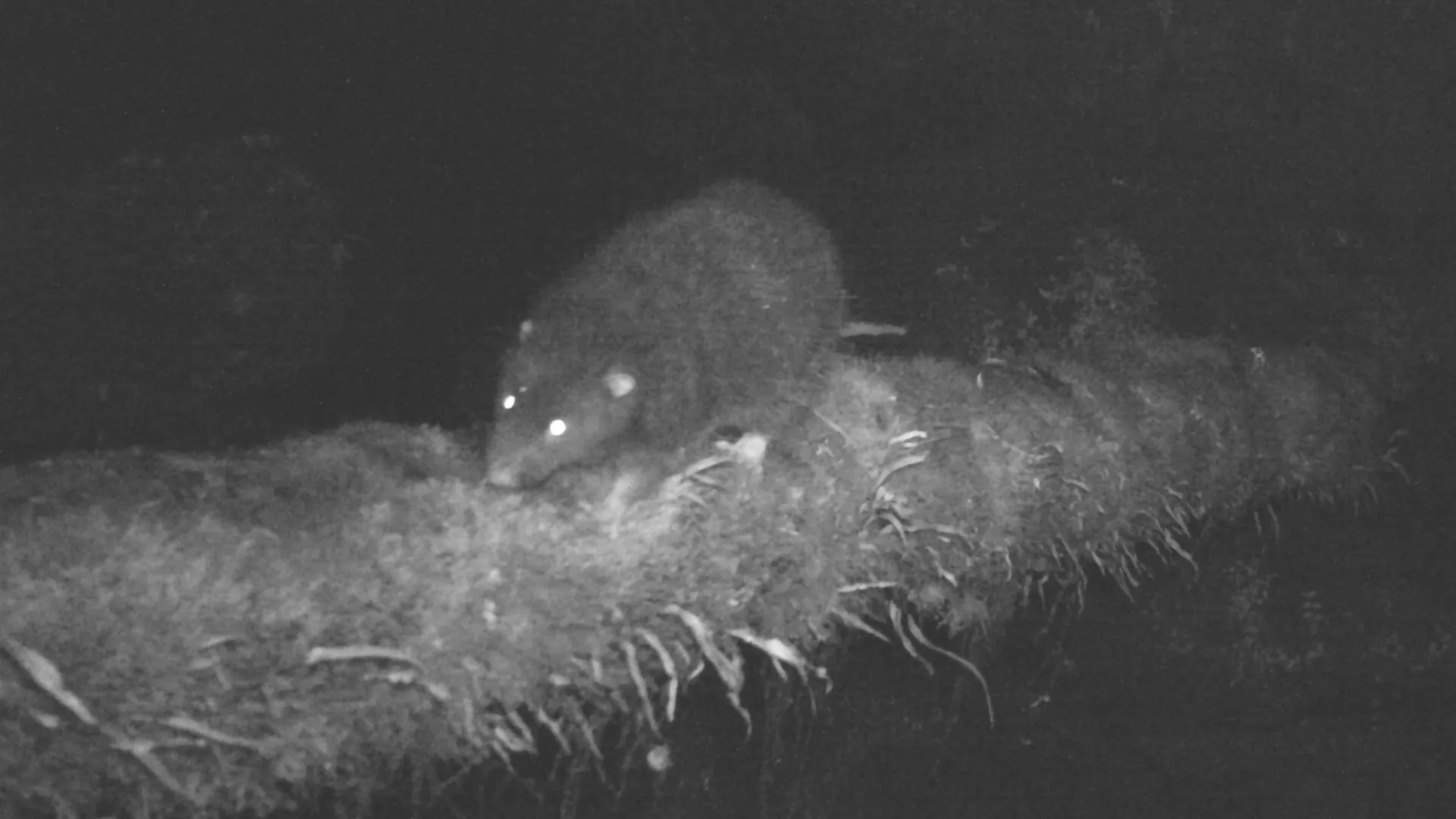Giant “Lost” Rodent Rediscovered in Papua New Guinea After 30 Years
After half a year trekking through the remote, misty mountains of New Guinea, Czech biologist František Vejmělka has made a discovery that rewrites part of the region’s mammalian record. The young doctoral researcher from the Biology Centre of the Czech Academy of Sciences and the University of South Bohemia has become the first person to observe and document the elusive Subalpine Woolly Rat (Mallomys istapantap) alive in the wild.
This massive, night-dwelling rodent — among the largest on the planet — inhabits the cool forests and grasslands roughly 3,700 meters above sea level. Until Vejmělka’s expedition, the species was known solely from a few preserved specimens stored in museums. Now, for the first time, photographs and video footage capture the animal in its natural environment.
Rediscovering a Vanished Giant
Originally described in 1989 from museum samples, Mallomys istapantap had not been sighted in its native habitat for more than three decades. Vejmělka’s expedition offers the first verified field observations and biometric measurements of the species. His data illuminate aspects of its diet, movements, and nocturnal habits — details that have long eluded scientists.
“It’s incredible that such a large, striking animal has remained virtually unknown for so long,” Vejmělka said. “It makes you wonder how many other species are still hidden in the world’s tropical mountains.”
Anatomy and Lifestyle
Closely related to the Philippines’ giant cloud rats, New Guinea’s woolly rats belong to a unique evolutionary lineage that has diversified in isolation over millions of years. In the absence of large placental mammals, these rodents evolved into several distinctive species that fill a range of ecological niches.
The Subalpine Woolly Rat is about 85 cm long, with 8 cm paws, dense woolly fur, and a weight of up to 2 kilograms. Entirely herbivorous, it forages among trees at night and shelters during the day in burrows or thick vegetation. Its remote alpine habitat and secretive nature have made encounters extremely rare.
Collaboration with Local Communities
Vejmělka credited much of his success to indigenous hunters and guides who assisted him throughout the expedition. “Without their expertise, I could never have found these animals,” he noted.
Working on Mount Wilhelm, Papua New Guinea’s highest peak (4,509 m), he surveyed mammals from the base to the summit, identifying 61 species of non-flying mammals — mainly rodents and marsupials — through field observations and genetic sampling.
Conservation and Cultural Partnership
This discovery highlights both the extraordinary biodiversity and the fragile state of New Guinea’s highland ecosystems. Unlike the tropical mountains of the Americas or Africa, many areas of the Australasian highlands remain biologically underexplored. Collaborative efforts with local communities not only enable fieldwork but also build local understanding of the region’s ecological value — crucial in the face of threats such as mining and deforestation.
Vejmělka’s findings are published in the journal Mammalia (2025, Vol. 89, Issue 4) under the title “First scientific observation of the largest Sahulian rodent, Mallomys istapantap, in the wild.”
